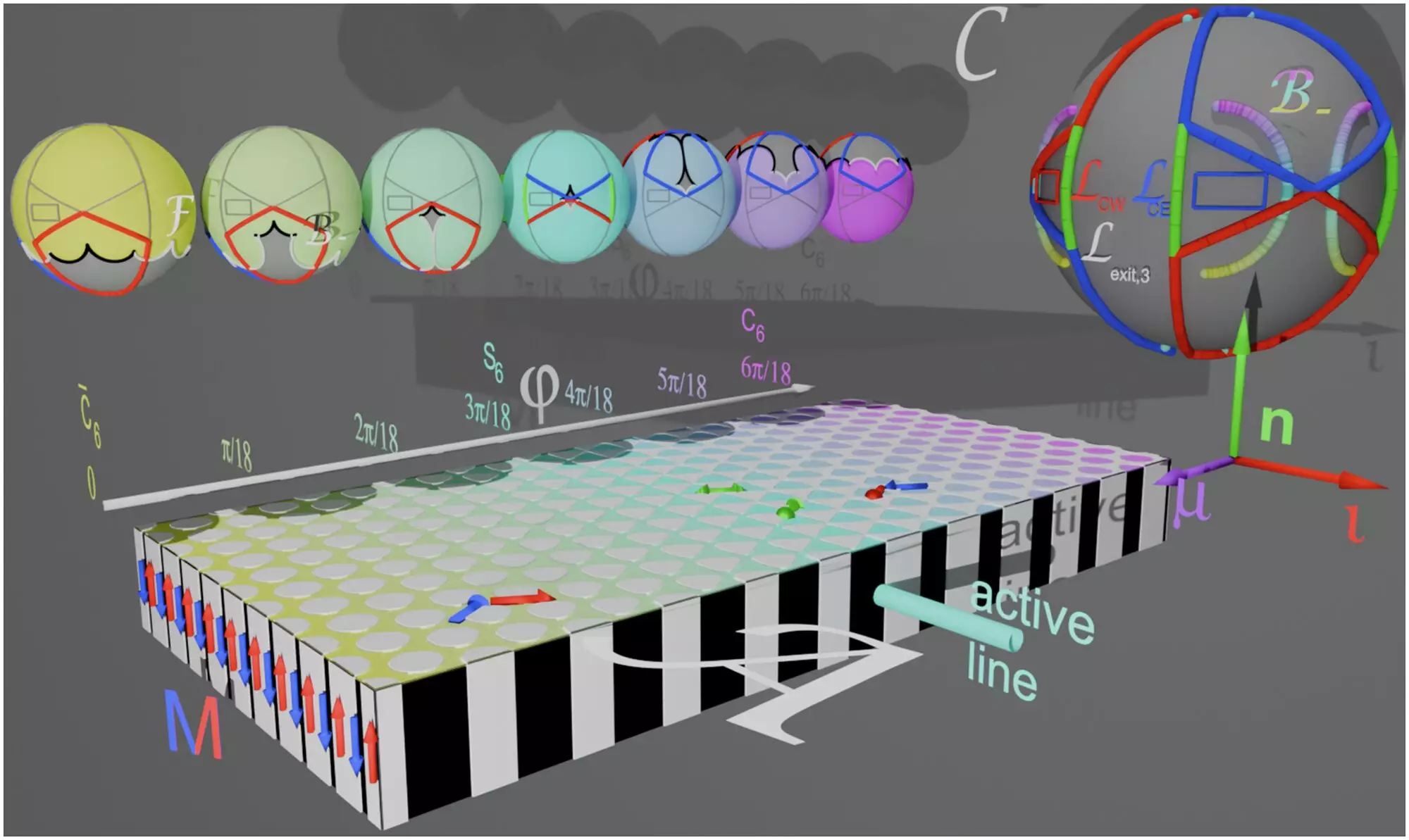In a groundbreaking study, researchers from the University of Bayreuth have introduced an exciting leap in the manipulation of microscopic particles, aptly termed “bipeds.” By harnessing the power of external magnetic fields, they have developed a technique for assembling paramagnetic colloidal spheres into controlled rod shapes, effectively creating tiny runners that operate autonomously once “fully grown.” The implications of this method could be extensive, influencing anything from targeted drug delivery in medicine to advanced robotics.
Colloidal particles, which can be measured on a micro or nanometer scale, are typically known for their integral role in fields such as medicine and materials science. However, what makes this research particularly remarkable is the ability to guide these particles into complex formations without manual intervention. The authors of this study, including Jonas Elschner, Farzaneh Farrokhzad, and Professors Daniel de las Heras and Thomas Fischer, exemplify how cutting-edge science can blur the lines between biology and mechanics.
The Mechanics Behind Autonomous Movement
At the core of this innovation lies a method known as magnetic metamorphosis. This approach involves applying a series of oppositely magnetized domains in a patterned installation, creating an environment where paramagnetic microspheres can evolve into rod-like structures. When exposed to a precisely controlled magnetic loop, these particles move predictably, accumulating into diverse formations that can “run” away upon reaching maturity.
The team’s ability to prototype bipedal particles of varying lengths showcases not only the versatility of this method but also the potential for complex interactions between multiple particles. Different configurations in the magnetic field enable an organized transportation system for the particles, guiding them to fuse into rods of different dimensions. This intelligent design paves the way for tailored applications where particles can respond to specific stimuli, thus enhancing their utility in various scientific and industrial domains.
Potential Applications in Medicine and Beyond
The implications of such precise control over microscopic entities are jaw-dropping, especially in the realm of biomedicine. Imagine the possibilities if these autonomous bipeds could be programmed to deliver drugs directly to targeted cells, essentially functioning as microscopic delivery vehicles. This technology could lead to reduced side effects and improved efficacy in treatments for diseases like cancer, where localized delivery is paramount.
Moreover, the ingenuity displayed in creating this “biped factory” hints at the potential advancements in the field of robotics. With the realm of soft robotics gaining traction, robots that can move and adapt at microscopic levels could soon become commonplace. The integration of these bipeds into larger systems could contribute to developing self-repairing materials or creating new methods for assembling complex structures in controlled environments.
The Collaborative Nature of Scientific Progress
This project is not merely an isolated achievement; it exemplifies the power of interdisciplinary collaboration among institutions, including the University of Kassel and the Polish Academy of Sciences. By pooling expertise from various scientific communities, the research has refined its outcomes and presented a more dynamic approach to studying and applying nanotechnology.
As we stand on the brink of this new technology, it is crucial to recognize that breakthroughs like these are stepping stones toward an era where the microscopic and macroscopic worlds will seamlessly interact to create innovations beyond our current imagination. The journey to mastering these microscopic entities has just begun, but the excitement generated by this research undoubtedly promises a future filled with endless possibilities.


Leave a Reply